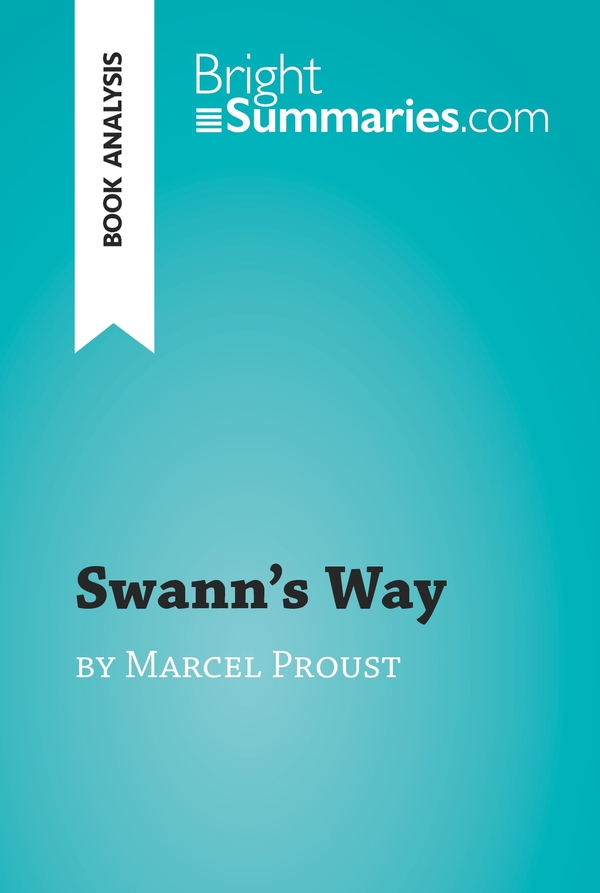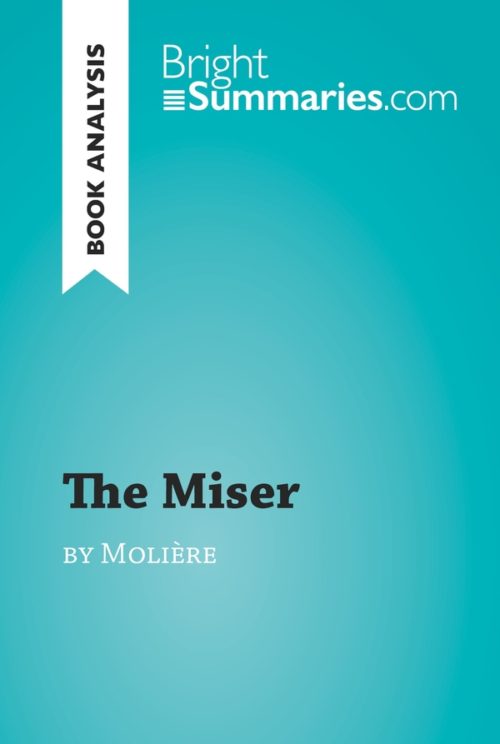Swann's Way by Marcel Proust (Book Analysis)
Swann’s Way by Marcel Proust (Book Analysis)
Detailed Summary, Analysis and Reading Guide
Read more
This practical and insightful reading guide offers a complete summary and analysis of Swann’s Way by Marcel Proust. It provides a thorough exploration of the novel’s plot, characters and main themes, including love, philosophical reflection and social satire. The clear and concise style makes for easy understanding, providing the perfect opportunity to improve your literary knowledge in no time.
This clear and detailed 25-page reading guide is structured as follows:
- Biography of Marcel Proust
- Presentation of Swann’s Way
- Summary of Swann’s Way
- Character study
- The narrator
- The narrator’s family
- Swann
- Odette
- The Verdurins’ salon
- Gilberte
- Analysis of Swann’s Way
- A modern novel
- Points of view
- Autobiography or fiction?
- Proust’s ‘world’
About Swann’s Way
Swann’s Way was first published in 1913 and is the first volume of Proust’s In Search of Lost Time, a chronicle of the Belle Époque in France (the years preceding World War One). Swann’s Way is a novel made up of three different sections: “Combray”, where the narrator describes his childhood and illness, “Swann in Love”, where we are introduced to his love for a woman named Odette, and “Place-Names: the Name”, where the narrator tells us about the journeys he dreams of taking, were it not for his illness.
Proust self-published Swann’s Way after it was rejected by a range of publishers, who failed to see the merit of a book “describing how he tosses and turns in a bed before falling asleep”. They would later regret this decision, as In Search of Lost Time was greeted with great enthusiasm by Proust’s contemporaries and continues to be read and analyzed to this day.
About Marcel Proust
Marcel Proust was a French novelist, essayist and critic, widely considered to be one of the key writers of the 20th century. His most famous work is In Search of Lost Time, which was published in several instalments between the years of 1913 and 1927. He was raised a Catholic, but later proclaimed himself to be an athiest. He died in 1922 at the age of 51, after years of declining health.
Product details
| ISBN | 9782806287946 |
|---|---|
| Publisher | Plurilingua Publishing |
| Collection | BrightSummaries.com |
| Format | |
| Pages | 26 |
| File size | 1.4 MB |







